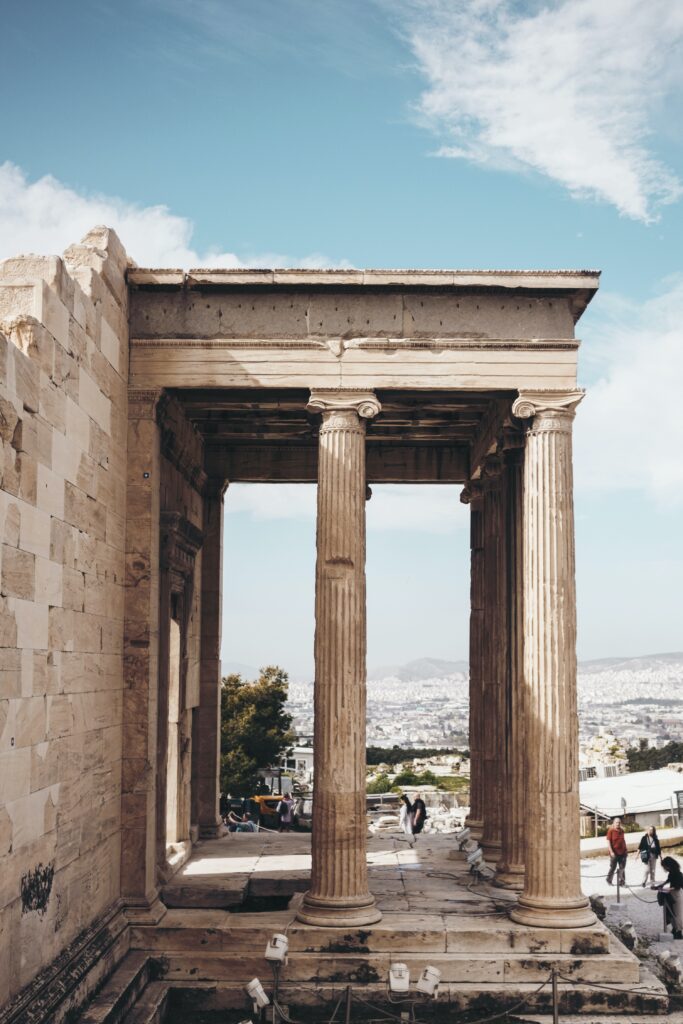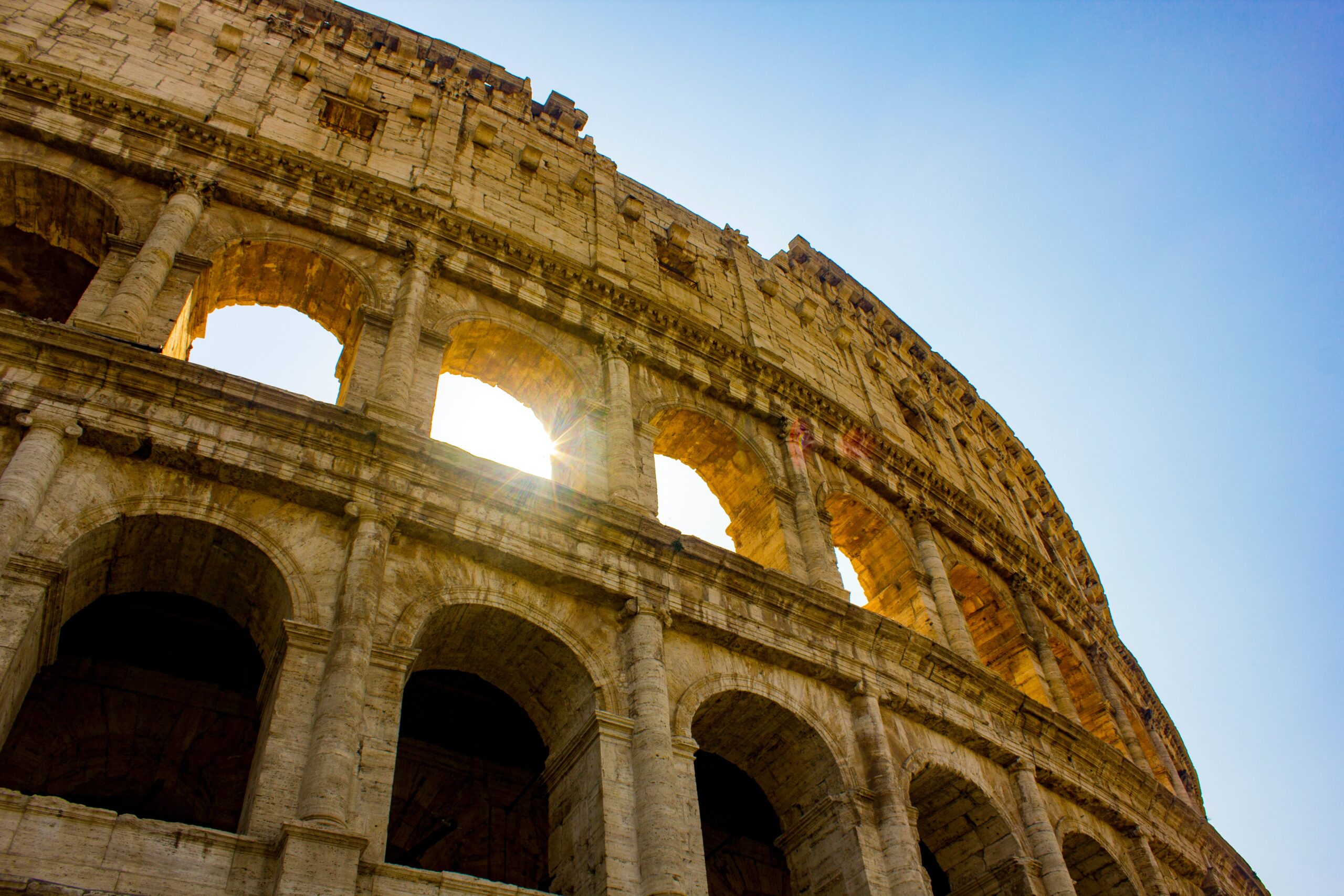In the article titled “Tracing Treasures: Ancient Roman Bronze Statues Unearthed in a Turkish Village,” investigators have unraveled the mystery behind how bronze statues from a shrine built 2,000 years ago in Asia Minor ended up scattered in museums around the globe. These ancient artifacts, including the towering bronze of Lucius Verus found in a New York apartment and the head of a young Roman boy seized from Fordham University, were originally part of an elaborate shrine in the ancient city of Bubon, now part of Turkey. By uncovering records and interviewing remorseful farmers in their 70s, the investigators have reconstructed the story behind these rare statues, revealing that they were dug up by villagers starting in the late 1950s and sold to an antiquities dealer known as “American Bob.” This article explores their journey and sheds light on the looting of Turkey’s own cultural heritage.
Tracing Treasures: Ancient Roman Bronze Statues Unearthed in a Turkish Village

Introduction
In a surprising turn of events, investigators have unraveled the mystery surrounding a collection of ancient Roman bronze statues that were discovered in museums and private collections around the world. These remarkable artifacts, believed to have once adorned an elaborate shrine in what is now modern-day Turkey, provide valuable insights into the Roman Empire’s influence in the region. Through a series of shocking revelations and painstaking research, authorities have shed light on the journey of these statues, uncovering a fascinating tale of looting, excavation, and the illegal antiquities trade.
Background of the Bronze Statues
The bronze statues in question were originally part of a grand shrine located in the ancient city of Bubon, in Asia Minor (modern-day Turkey). This shrine, constructed approximately 2,000 years ago, was dedicated to honoring the emperors of Rome who ruled over the region at that time. The statues, larger-than-life in size, depicted the emperors and their families, creating an awe-inspiring display that showcased the power and influence of the Roman Empire.
Discovery of the Bronze Statues in New York
One of the bronze statues, a towering figure of an emperor, was discovered in the Sutton Place apartment of a prominent New York philanthropist. This remarkable find sent shockwaves through the archaeological community, raising questions about how such a significant piece ended up in a private collection. The discovery prompted further investigation into the origin and provenance of these statues, leading authorities to uncover a web of illicit activities that had taken place over several decades.

Discovery of the Bronze Statues in the Metropolitan Museum of Art
Another bronze statue, believed to be a fragment of the original shrine, was found in the prestigious Metropolitan Museum of Art in New York City. The unexpected presence of this artifact raised suspicions and fueled the determination of investigators to trace the origins of these statues. This discovery lent further weight to the belief that a systemic looting operation had taken place, resulting in the dispersal of these valuable antiquities across the globe.
Seizure of the Bronze Statue from Fordham University
In a dramatic turn of events, authorities seized the head of a young Roman boy, which had been housed at Fordham University. The statue, identified as one of the missing pieces from the Bubon shrine, further solidified the case against those involved in the illegal trafficking of these ancient treasures. The seizure marked a significant step forward in the investigation and provided crucial evidence linking the bronze statues to their rightful place of origin.
The Elaborate Shrine in Bubon
The shrine in Bubon was an architectural marvel, featuring intricate designs and elaborate details that showcased the incredible craftsmanship of the time. The emperors, including Lucius Verus, Marcus Aurelius, and Septimius Severus, were depicted in lifelike poses, surrounded by their families and placed on grand plinths. Each statue served as a tribute to the emperors’ reign and symbolized the power and authority of the Roman Empire in the region.

The Pantheon of Emperors in the Shrine
Emperors such as Valerian and Commodus also featured prominently in the shrine, each presented in their unique poses and regal attire. The pantheon of emperors served as a visual representation of the Roman Empire’s dynastic lineage and the impact the emperors had on the region’s history. The sheer number and scale of the statues further emphasized the significance of the shrine and its role in honoring the imperial rulers.
Publication of the Location of the Bronzes in Ancient Times
In 1994, a Turkish archaeologist, Jale Inan, published a groundbreaking book titled “Latest Research on the Sebasteion of Bubon and Its Statues.” In this publication, Inan meticulously detailed the precise location of the bronze statues within the shrine during ancient times. Her work serves as a vital resource for current investigators, helping them piece together the fate of these statues and their subsequent dispersal.
Scattering of the Bronze Statues
According to the findings of the investigation, the bronze statues were unlawfully excavated from the Bubon shrine over a span of several years, beginning in the late 1950s. It is believed that farmers from a nearby village discovered the statues buried on a hillside, leading to their subsequent extraction. In a coordinated effort, the villagers would dig up the statues, often working in large groups to expedite the excavation process. The stolen statues were then dispersed through various channels, eventually finding their way into affluent homes and prestigious museums worldwide.
Newly Discovered Records and Interviews
In their pursuit of the truth, investigators unearthed a goldmine of information through newly discovered records and interviews. Regretful and emotional farmers, now in their 70s, provided crucial testimonies that shed light on the circumstances surrounding the looting of the bronze statues. These interviews served as a turning point in the investigation, allowing authorities to reconstruct the timeline of events and identify key individuals involved in the illegal trade of these antiquities.
Reconstruction of What Happened
Thanks to the combination of historical records, new evidence, and witness accounts, authorities were able to reconstruct the series of events that unfolded decades ago. The villagers from the nearby village who stumbled upon the statues gradually realized their potential value and began an organized effort to extract them. The statues were then sold to an antiquities dealer known as “American Bob,” who played a central role in facilitating their dispersal across the globe. The investigation uncovered a well-orchestrated network of individuals responsible for the theft, excavation, and sale of these priceless artifacts.
Excavation and Sale of the Bronzes
The excavation process was carried out meticulously to ensure the statues were not damaged during extraction. The village farmers, armed with little more than shovels and sheer determination, worked tirelessly to retrieve the statues from their hiding place on the hillside. This painstaking process often required the coordinated efforts of large groups to successfully remove the statues from the ground. Once excavated, the statues would find their way into the hands of “American Bob,” who operated as a middleman in the illegal antiquities trade.
Identification of the Antiquities Dealer
Through diligent investigative work, authorities were able to identify the mysterious antiquities dealer known as “American Bob.” His involvement in the illegal trade of these bronze statues became evident as authorities pieced together witness testimonies and followed a trail of financial transactions. The identification of this key figure was a significant breakthrough in the case and a vital step toward holding those responsible accountable for their actions.
Conclusion
The discovery and subsequent investigation of the ancient Roman bronze statues that once adorned the shrine in Bubon have shed light on a dark chapter in the region’s history. These artifacts, stolen from their rightful place and scattered across the globe, serve as a reminder of the ongoing battle against the illicit trade in cultural heritage. Through the dedicated efforts of investigators and the cooperation of witnesses, this case has brought to light the importance of protecting and preserving our shared cultural heritage for future generations. The restitution of these valuable artifacts to their rightful place is not only a step toward justice but also a celebration of our collective history and the enduring legacy of the Roman Empire.

